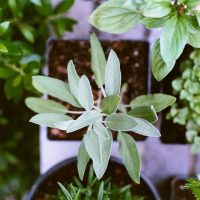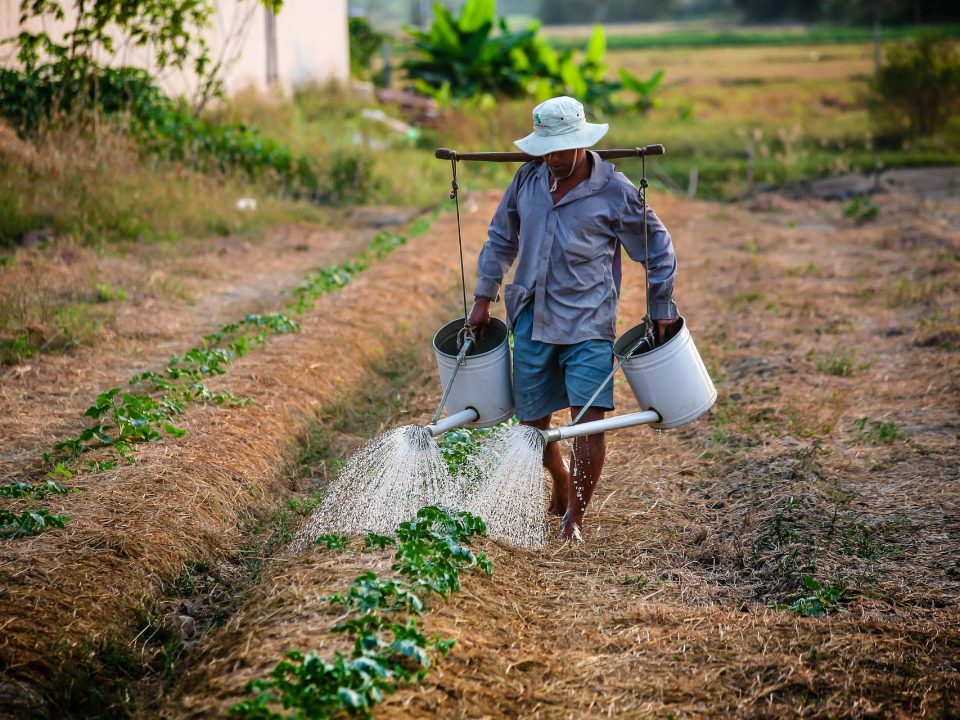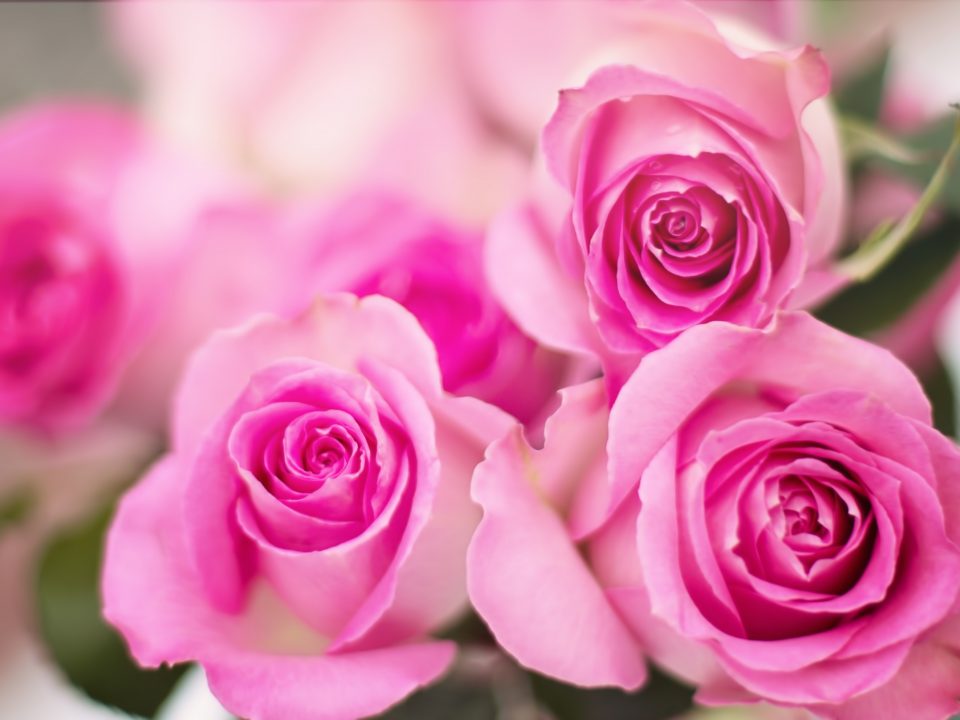Medicinal Plants

Therapeutic gardening
February 9, 2019
Plants awareness
March 29, 2019The importance of the secondary substances produced by medicinal plants
When you look at herbs, you first look at the simple ingredients such as carbon dioxide, water, minerals found in the soil and the sun’s energy that the plant produces and synthesizes all the various “brown” chemicals. The division of materials that the plant produces into two groups is acceptable: primary metabolites and secondary metabolites.
A. Primary metabolites are substances produced in most plant species and are known
As essential to plant development. Among them are sugars, fats, proteins and organic acids. The metabolites
The primary ingredients are the ingredients that make the plant an important nutritional source that supplies all the food groups to humans and animals.
B. Secondary Metabolites: Materials (chemical compounds) that are usually found in tiny amounts
In different parts of the plant. There are ingredients whose role in plant life is still unclear to us but yes Their effect on the human body is known. There are components whose role in plant life and human life is known as
Vitamins A, D, E, C, which are antioxidants that protect against radiation and its damage and more.
The secondary metabolites present in the plant are the ones that determine the physiological effect of
Plant on our bodies and they are significant in its definition as a medicinal plant.
The role of secondary metabolites in plant life:
• Attracting animals mainly for pollination and protection under the contract “giving – receiving”.
• Rejection of animals as necessary.
• Self-healing.
• Regulating the water regime and humidity in the plant and more …
Common compounds of secondary metabolites:
Glycosides: compounds of sugar with an additive called aglicon that gives the compound its special character.
For example, cardiogenic glycosides produced from the digitalis plant for heart treatment.
• Alkaloids: Nucleic compounds usually have a basic reaction. Produce salt in response to acid, and high concentration toxicity.
For example: caffeine, nicotine, morphine.
• Terpenoid: Most have carbon atoms in multiples of 5, including carotenoids that appear as red and yellow pigments.
Phenols: The largest group in nature with properties of alcohol and weak acids. Among the compounds: tannins, comerines,
Flavonoids. Most are antioxidants and anti-inflammatory.
Quinones: A group of natural colors: yellow, red, brown. Take part in strengthening and oxidation processes. Among them anthraquinins
Which are present in Aloe and cause diarrhea and absorption difficulties, as well as a lazy intestine.
• Vitamins
• Minerals and more …
2) The role of the grandmother in the culture of medicinal herbs:
The grandmother opened the way to understanding the plants and their development as medicinal plants. The traditional grandmother served the community mediated between her and plants and their properties probably because of her accumulated experience in her early years and understanding of the benefits that medicinal plants can bring to man. It should be noted, however, that the origin of the name “Grandma’s medicines” is actually from a French knight who lived in the 11th century and excelled in medicinal herbs called “Grandmother” ….
In all cultures thousands of years ago, plants were used to treat and cure human beings, mainly through experimentation and wonder, to define them as medicinal plants. Thus accumulated vast and valuable knowledge about the ability of plants to help. This knowledge is in danger for two main reasons:
A. The generation of grandmothers who believe in medicinal herbs is disappearing
B. The vegetation of the world that composes medicinal plants is disappearing as well.
Therefore, it is of great importance to document the knowledge of traditional plants as medicinal plants, and to protect in every way the ever-growing vegetation of the world that is an inexhaustible source of human benefit and health.
3) The gap between the ability of animals to understand plants and man’s ability to understand them and to recruit them as medicinal plants.
Animals can sense the plants and turn to them at the right time for assistance. We humans lack this intuition and we need to learn and understand the potential of plants as medicinal plants. If this is a few points:
• You can look at the plant and “talk” to it. Try and see how quiet observation of the plant growing in its natural habitat can teach us about it and its ability to help us. On the basis of this understanding, the “stamp theory” was created, which encourages looking and searching for hints of plant use.
• Looking at animals and their approach to plants can also help us learn from them and apply them to ourselves.
• Populations that are still connected to their natural environment collect plants and use permanent and continuous plants in the world for their benefit as medicinal plants. Among them: Bedouins in the Negev, monks in Nepal, Shamans in South America and more.
4) How to use herbs and spices?
To introduce a medicinal plant to the body we farm through spice recommend to act in several ways:
A) Sniffing: Rubbing and smelling the plant causes the insertion of substances from it into our body through a system
Breathing.
B) Touch / rubbing with the skin: The skin absorbs some of the substances in the plant. One method is called “Poltis”: chop, for example fresh onion, add turmeric and olive oil, place on the place of inflammation and wrap in plastic wrap. An example of another possibility is to immerse a bandage in curcumin and olive oil that has been heated together and put on a wound.
C) Direct eating or the introduction of spices and plants into food: Eating herbs will cause them to be absorbed
In our bloodstream. Some plants, especially seeds such as linseed and straw, should be dismantled
Early, for example: the grinding of a flax or a position of nigella in olive oil..
ronen recommends holding a crater and pestle and crushing the seeds seasonings cumin, coriander, anise, strawberry, linseed, sesame seeds etc. before use.
D) brewing, brewing, decomposition: decomposition of plants by boiling water and drinking water.
E) Dismantling with vegetable oil: ronen recommends filling a jar of half the volume with a teaspoon and pouring olive oil into it until the jar is filled. Close well, shake once or twice a day, and after a month you will enjoy therapeutic oil that contains many ingredients derived from nigella ..
F) Alcohol decomposition: ronen recommends using the tincture as follows: Fill a half-jar with echinacea leaves and flowers and add alcohol until the jar is filled. Wait a month, squeeze and filter the liquid in a cheese cloth, and use the drained liquid to strengthen the immune system. The recommended dosage is drinking 10 drops a day that can be added to a glass of water or another drink at an acute time of illness, such as flu.
5) Important spices can be asked for help beyond taste and smell5
A) Nigella sativa: heart support, blood pressure control, nervous system support, blood sugar lowering, increased concentration and memory, snoring (cleaning), oily liver cleansing, vitamin B complex except vitamin B12.
Ronen recommends – You should crush the nuts in the mortar and pestle or alternatively melt in olive oil before use.
B) Turmeric seasoning: Turmeric seasoning helps to inhibit atherosclerotic processes as a preventative treatment of blood vessel diseases, helps prevent colorectal cancer, prevents disease (contains a high concentration of antioxidants), treatment of external and internal infections mainly in the digestive tract, treatment of external bleeding and wound healing , Treatment of hepatitis, treatment of liver infections, various digestive disorders including ulcers, degenerative arthritis and treatment of fatty liver by lowering the cholesterol level (preferably with fiber).
Ronen recommends – preventive treatment It is recommended to use 2 g of turmeric powder a day for seasoning foods. In acute or chronic situations, it is recommended to use at least 20 g / day.
Note: There are concentrated preparations containing curcumin (the main active ingredient in curcumin)
Which can not use large amounts of turmeric powder.
Cabbage, Lavender, Mint, Mint, Melissa, etc. These plants contain a huge amount of antioxidants, antiseptic, anti-bacterial, anti-inflammatory, anti-bacterial, Pungals, anti-viral, vascular, digestive, and more … ronen recommends using these plants on a regular basis. Of course, each specific plant has its own labels.
D) Spices from the Apiaceae (Umbelliferae ) family: The spices can be found: cumin, coriander, anise, caraway, fennel and more …
As with the lipid family, these plants should be used on a regular basis as part of the medicinal seasoning.
E) Basil herb: Also called “basil”. It is a nourishing and disinfectant plant. The spice helps digestion and gas problems, improves circulation, bad breath, headaches, anticonvulsants, causes sweating and helps reduce fever, soothes and relieves depression, to toothaches – insults and disinfects (by chewing) In Candida, and helps sufferers of intestinal parasites.
Planting a basil plant around the house also removes ants … adding fresh basil to the food keeps them fresh.
F) Anise spice: a plant that contains a large amount of antioxidants and volatile oils, especially – “anthol”.
Antol is effective in case of bronchial congestion, convulsive cough, annoying cough …
Ronen recommends to use anise to remove lice, to treat gas and irritable intestines, to increase breast milk and to calm babies through the milk, to increase postpartum femininity and to regulate menstrual cycle.
The use of anise seeds is in eating (preferably crushed) or boiling.
G) Cinnamon spice: Cinnamon helps lower blood sugar and cholesterol, helps diarrhea, helps with colds and flu. Cinnamon warms the limbs by increasing peripheral blood flow, aids in the treatment of anorexia, helps with gastrointestinal problems (cramps, gas, diarrhea, irritable bowel syndrome, nausea).
Ronen recommends – to use the bark is boiling, and the cinnamon powder as a supplement to foods.
Contraindications – Cinnamon can trigger a skin reaction if consumed at high doses.
H) Rosemary Spice: The use of rosemary leaves can be brewed or as a supplement to seasoning foods like: oven chicken, baked potatoes and sweet potato …
* Tip ronen: Rosemary blends perfectly with nutmeg.
Ronen recommends : stimulating blood flow to the head and improving memory and concentration, raising blood pressure for low blood pressure patients, headaches related to low blood pressure and migraine, gentle stimulation – its antidepressant effect, weakness and tendency to fainting, recovery from chronic illness or after exhaustion and stress, Throat, external massage in oil for painful muscles, to strengthen hair roots
Ronen recommends – rosemary should be used in combination with nettle and cloves, to remove lice, and to maintain oral hygiene (it is recommended to dip the toothbrush in a rosemary extract before use).
Recommended combinations of Spice Route Farm: To gargle during throat infections, it is recommended to combine the rosemary with sage and thyme plants.
For depression, it is recommended to combine rosemary with verbena, ova and hifrhythm.
6) Recommended herbs, by ronen, in the home medicine cabinet
A) Ribwort Plantain: The use of fresh Ribwort Plantain or dried Ribwort Plantain as medicinal herbs ,Ribwort Plantain .
ronen recommends internal use – infusion: which helps colds, coughs and infections of the respiratory tract, urinary and kidney infections, stomach ulcers, edema, increased lymphatic system efficiency and as a result strengthens the immune system, and aid in lowering cholesterol.
External use of the palate: Helps to heal wounds, burns, cuts and stings.
Planted palate as a safe and easy to grow plant, and highly recommended by the spice farm in the home medicine cabinet.
B) Clove: The use of the carnation flowers can be internal through infusion or as an external treatment. Marigold helps to treat wounds, cramping, antiseptic and anti-inflammatory. It promotes the growth of skin cells, helps remove waste from the body, sweats, increases bile production, and helps to relieve menstrual cramps and prevent contractions.
Medical use: The marigold plant helps digestive problems (ulcers, intestinal and gall bladder infections, jaundice, cirrhosis) and skin diseases, acne, postoperative wounds treatment …
External use of the marigold plant: treatment of burns, bruises, bleeding, sting wounds, ulcers, eczema, rash, wounds of diabetics, pressure sores ..
Ronen’s recommendation – Clove also helps with throat infections, vaginal rashes, varicose veins, hemorrhoids, gum infections, eye infections, and late menstrual cycle pain.
C) Verbena Medical: The medicinal Verbena plant is sacred to Christians, and according to tradition helped to treat the wounds of Jesus and is therefore also called the “crucifix plant”. Verbena is an antidepressant. Nourishes and rehabilitates the nervous system C) Verbena Medical: The medicinal Verbena plant is sacred to Christians, and according to tradition helped to treat the wounds of Jesus and is therefore also called the “crucifix plant”. Verbena is an antidepressant. Nourishes and rehabilitates the nervous system and acts as an antidepressant and depression.
Verbena is indicated for excess situations such as: irritability, anxiety, restlessness, insomnia, headaches and irritable bowel syndrome. Verbena is also indicated for conditions such as depression, postpartum weakness or illness and postpartum depression.
Verbena’s medicinal plant is gentle and takes 3 months for good effect.
Recommendations of the Spice Route Farm – Use the infusion form 3-4 times a day in 2 g of plant per cup.
Combinations: For quick relaxation, it is recommended to combine Verbena with Valerian. For depression it is recommended to combine with
Turner (Damiana).
Note: Verbena tastes bitter and therefore recommended to be combined with her sister Verbena.
D) Medicinal plant Hifricum (pharyngeal): It is used in the chrysanthemum. It is recommended to soak them in olive oil for decomposition. When the oil gets a red tint it is a sign that the main active substance called hypercin has been switched to oil. With this oil can also be treated externally (massage for muscle pain, arthritis, back pain …) and in the internal treatment as an antidepressant.
Hypermychem is the leading herbal antidepressant and antidepressant. It works on the mechanism of raising serotonin levels available. Its full effect is felt within 3 months. Hifricum is also known to nourish and strengthen the nervous system.
Described to: depression, emotional disorders of menopause, restlessness, irritability, viral diseases
And rehabilitation and nourishment of the skin.
Side effects: Exposure to the sun after use of hypercrym can be expressed as pigmentation
The skin. In rare cases, hyperhidrosis also dilutes sperm in men.
Ronen warns that the hypervimicum herb is forbidden for use and its use is subject to the approval of a physician. However, the use of his flowers in the fat job is relatively gentle and safe. In any case, the combination of the hyperimmune plant with other antidepressants should be carefully combined and consulted by a physician only.
Regards to a healthy life with lots of spices and herbs!
Warning: The above is not a substitute for the advice of an expert. There is a real danger of the use of herbal medicine. First, learn about the plants and how to use them.






